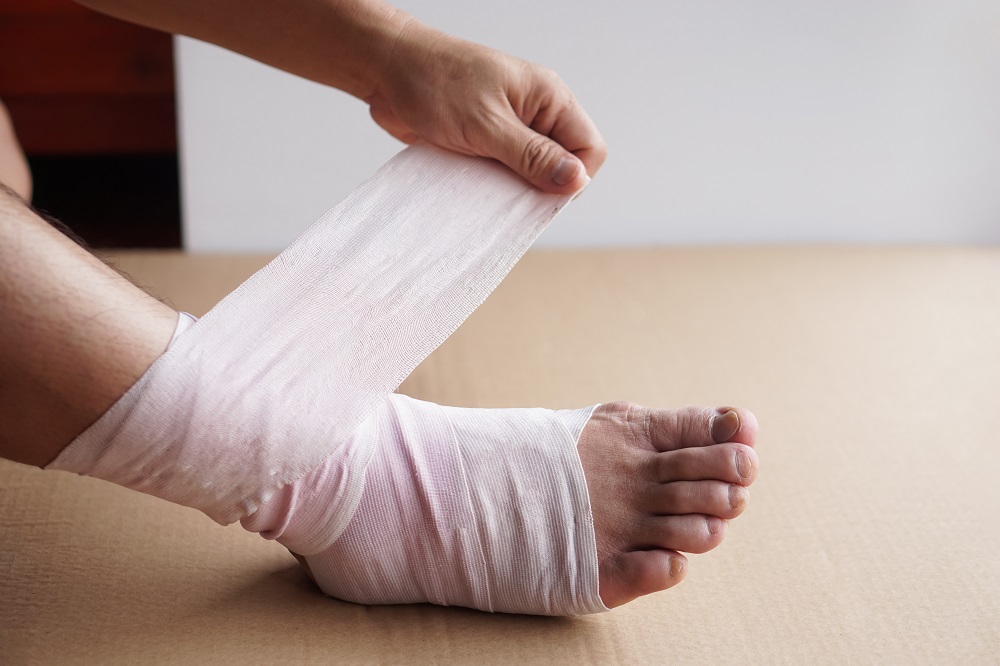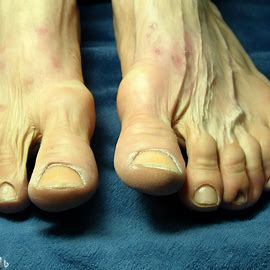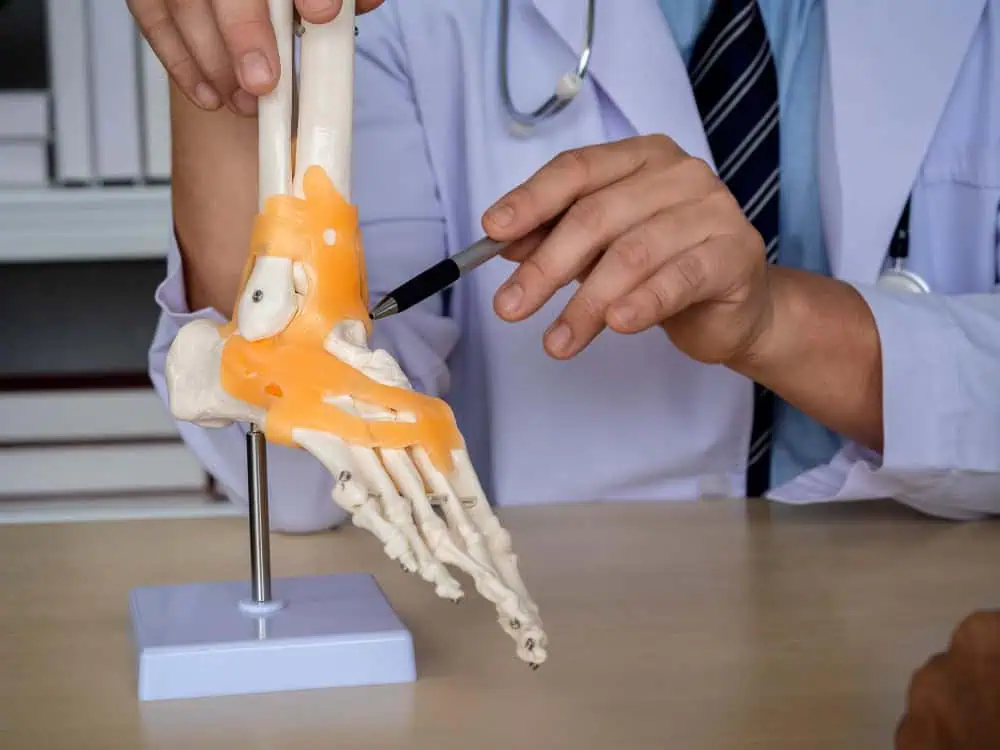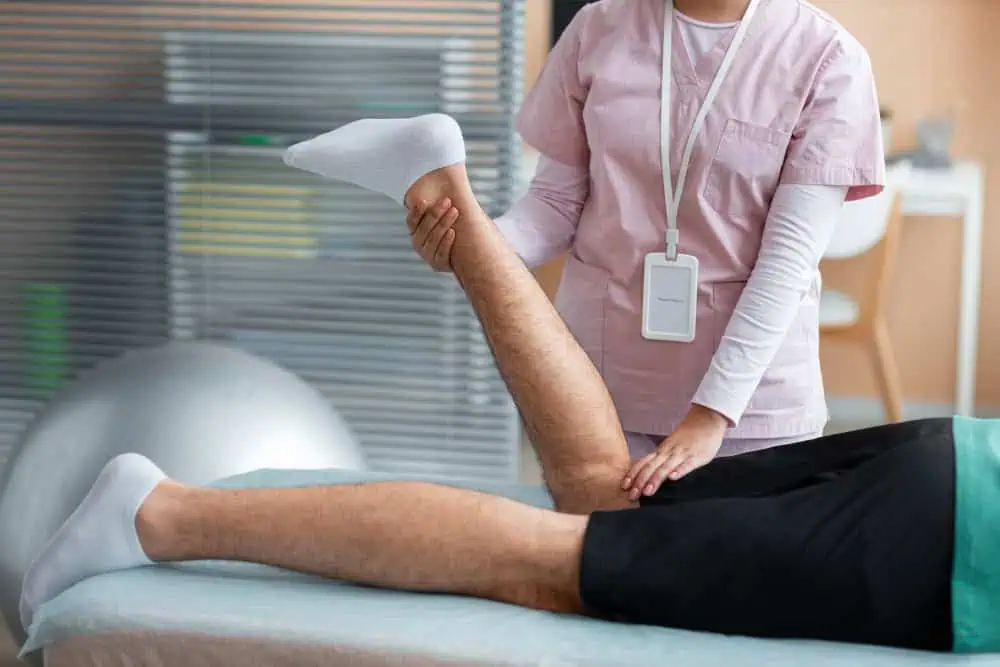
Exercise Modifications for Diabetic Feet
Diabetes can significantly impact foot health, especially for individuals with diabetic neuropathy or peripheral vascular disease. Proper exercise can improve blood circulation, enhance mobility, and help manage blood sugar levels. However, choosing the right activities is crucial to avoid injuries, ulcers, or other complications. This guide explores safe exercise options and highlights activities to avoid for individuals with diabetic feet.
Safe Moves for Diabetic Feet
Low-impact exercises are ideal for individuals with diabetic feet as they reduce stress on the joints and minimize the risk of injury or pressure ulcers. Here are some of the best options:
1. Pool Walking
Walking in a pool reduces impact on the feet by up to 80%, making it an excellent choice for people with diabetic neuropathy or foot ulcers. Water-based exercises improve cardiovascular fitness, muscle strength, and vascular function while minimizing pressure on the feet. Additionally, the buoyancy of water supports body weight, reducing strain on joints and enhancing mobility.
2. Recumbent Cycling
Recumbent cycling is another safe option for individuals with diabetic feet. The back support and large seat provide comfort, especially for those who may be obese or have limited mobility. This exercise minimizes forefoot stress while improving blood circulation and cardiovascular health. Specialized cleats or offloading insoles can further reduce pressure on sensitive areas of the foot.
3. Tai Chi
Tai Chi combines gentle movements with mental relaxation, making it ideal for improving balance, flexibility, and overall well-being. It has been shown to enhance peripheral circulation, reduce stress, and improve glucose uptake in cells. For individuals with diabetic neuropathy, Tai Chi helps address balance issues caused by nerve damage while promoting mindfulness and relaxation.
4. Stretching and Range-of-Motion Exercises
Simple exercises like drawing the alphabet with your ankle or performing dorsiflexion and plantarflexion can improve joint mobility in the foot and ankle. These exercises help distribute pressure evenly across the foot during walking, reducing the risk of ulcers.
Danger Zones: Exercises to Avoid
Certain activities can pose significant risks to individuals with diabetic feet due to their high impact or potential for injury. Here are some exercises to avoid:
1. High-Impact Aerobics
Exercises like running or jumping place excessive strain on the feet and joints, increasing the risk of ulcers or fractures. High-impact activities can exacerbate existing foot injuries or lead to new complications.
2. Barefoot Yoga
While yoga offers numerous benefits, practicing barefoot poses risks for individuals with diabetic neuropathy. Loss of sensation in the feet may prevent detection of cuts or injuries, which can lead to infections or ulcers.
3. Walking on Hot Pavement
Diabetic neuropathy often impairs temperature sensation in the feet. Walking barefoot on hot surfaces like asphalt or sand can cause thermal burns that may go unnoticed until severe damage occurs. These burns can lead to infections or gangrene if left untreated.
Tips for Exercising Safely
To maximize benefits while minimizing risks, follow these safety tips:
- Consult Your Doctor: Before starting any exercise program, consult your healthcare provider to ensure activities are appropriate for your condition.
- Wear Proper Footwear: Choose supportive shoes that fit well and reduce pressure points. Avoid walking barefoot at all times.
- Inspect Your Feet Daily: Check for blisters, redness, or cuts before and after exercising. Early detection prevents complications.
- Stay Hydrated: Drink plenty of water before, during, and after exercise to avoid dehydration.
- Warm Up and Cool Down: Stretching before and after exercise helps prevent injuries and improves flexibility.
- Monitor Blood Sugar Levels: Check your blood sugar before and after workouts to avoid hypoglycemia.
Benefits of Exercise for Diabetic Feet
Regular physical activity offers numerous benefits for individuals with diabetes:
- Improved Circulation: Low-impact exercises like swimming enhance vascular function and promote healing.
- Better Balance: Activities such as Tai Chi improve stability by addressing proprioceptive deficits caused by neuropathy.
- Enhanced Mobility: Stretching exercises increase range of motion in stiff joints, reducing peak plantar pressures during gait.
- Blood Sugar Control: Exercise helps regulate glucose levels by increasing insulin sensitivity.
Conclusion
For individuals with diabetic feet, exercise is a vital component of managing diabetes and maintaining overall health. By choosing low-impact activities such as pool walking, recumbent cycling, Tai Chi, and stretching exercises while avoiding high-risk options like barefoot yoga or walking on hot pavement, you can safely reap the benefits of physical activity without compromising foot health.
Always consult your healthcare provider before starting a new exercise routine and prioritize safety measures such as proper footwear and daily foot inspections. With careful planning and modifications, staying active can be both safe and enjoyable!





